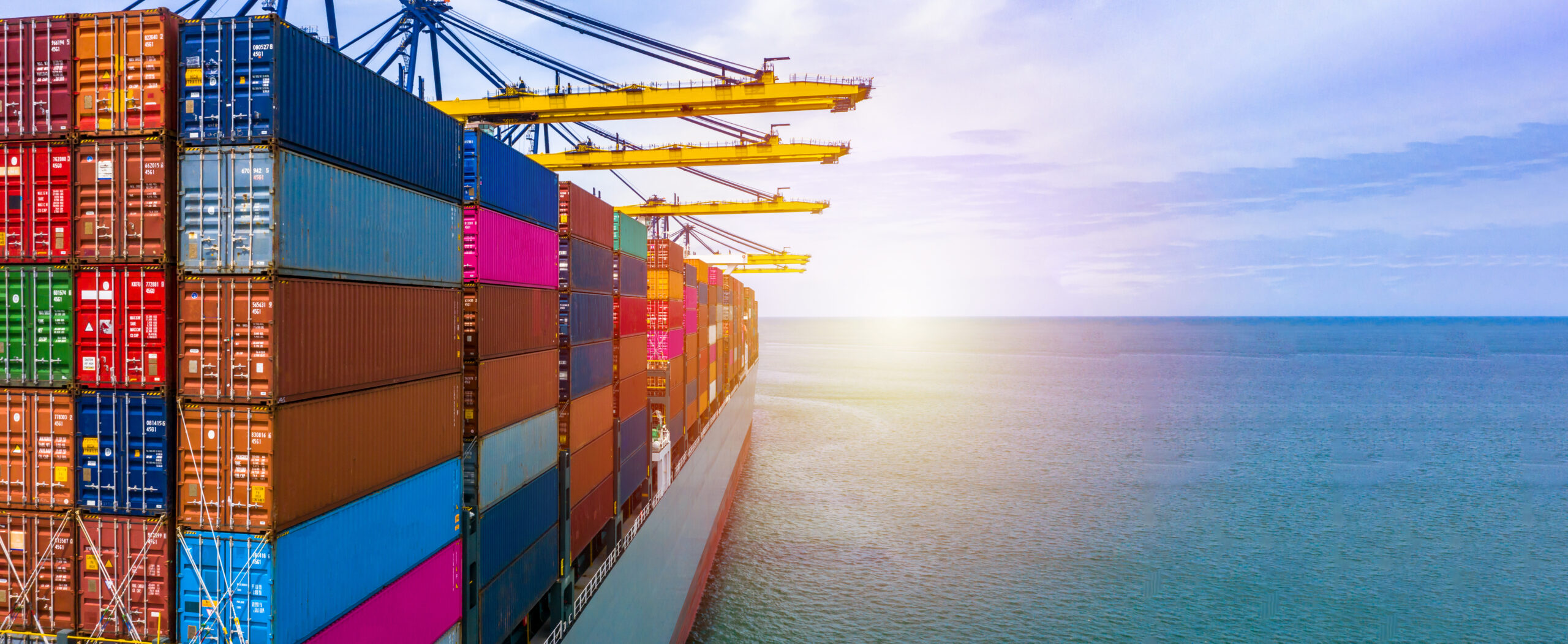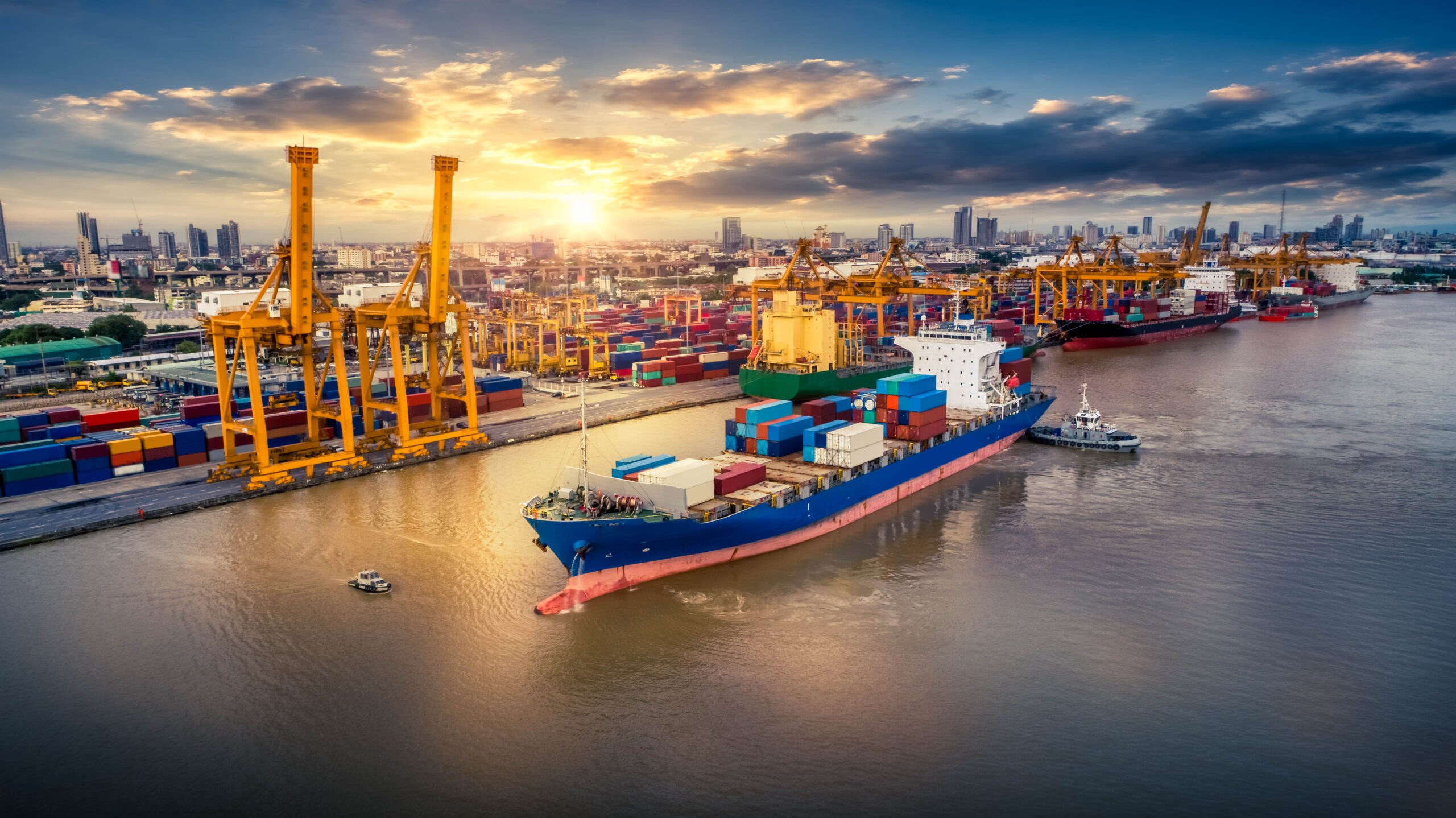In ancient times, the Silk Road was a network of land, sea and river routes stretching some 8,000 kilometres to secure trade between the Chinese and Roman empires. Today, in 2023, the Belt and Road Initiative, or ‘New Silk Road’, is a strategic initiative involving 139 nations, a global network of the People’s Republic of China to distribute its industrial products. It includes a 12,000-kilometre railway from the Chinese city of Yiwu to London in Europe. It also includes a dense motorway system linking China to the ports of Pakistan. There is also a network of ports for moving goods by container ship. To achieve this, Beijing has signed agreements with individual states and their companies to improve its trade relations with the countries of Eurasia. First, China, then Central, North and West Asia, and the countries and regions along the Indian Ocean and the Mediterranean. It was announced by Chinese President Xi Jinping in September 2013. The project is being financed by the Asian Infrastructure Investment Bank (AIIB), which has a capital of USD 100 billion. The main partner of this institution is the People’s Republic of China, with a commitment of 29.8 billion. Then there are the other Asian countries (including India and Russia), those of Oceania, which will contribute another 45 billion, and some Europeans. In 2019, Italy became the first EU country to sign an agreement for the Belt and Road Initiative, pledging USD 2.5 billion to the AIIB, although the total value of the agreements with China is EUR 7 billion. Today, as in the past, the Silk Road encompasses both land and maritime routes of the 21st century. But with one major difference: China’s acquisition of ports along the route and the use or upgrading of existing railway lines. The maritime route runs along the whole of East and South Asia, reaching the Mediterranean via the Suez Canal. Another important port of call is Hamburg, Germany. A high-speed rail freight link was inaugurated there in 2021, connecting the city of Wuwei (Gansu Province, China) with the German city in 13 days, via Russia, Belarus and Poland. The China Ocean Shipping (Group) Company, better known by its acronym COSCO, is buying or even building the necessary container terminals in various ports in Asia, East Africa, the Mediterranean and Europe. It is a Chinese state-owned company that provides shipping and logistics services. In 2022, its fleet consisted of more than 400 container ships with a total cargo capacity of more than 2 million twenty-foot equivalent units (TEUs), a standard measure of length used to determine cargo capacity. Last year, COSCO was the world’s fourth-largest company in the sector. It competes with France’s CMA CGM, Denmark’s Maersk Line and the Italian-Swiss Mediterranean Shipping Company.
* On the cover photo, cargo container ship logistics and transportation © ravel mania/Shutterstock.com
* Below, a container ship © Avigator Fortuner/Shutterstock.com
(Red/Est/ADP)
Ports and Terminals
In the Mediterranean, the Chinese are the port of Piraeus in Greece (acquired in 2016 at the height of the debt crisis that engulfed Athens), the Italian container terminal of Vado Ligure (still in 2016, Cosco holds 50%, having invested 53 million euros, plus a 9.9% stake in Qingdao Port International) and the Spanish port of Valencia (2017, with a 51% majority stake in Noatum Port). Also in Europe, in 2016 COSCO acquired 35% of the container terminal of the Dutch port of Rotterdam, the largest seaport on the old continent. The following year, it was the turn of the Spanish port of Bilbao (51% in Noatum Port). In Germany, in 2014 it took 25% of the German port of Antwerp, while in June 2023, after months of controversy, it took 24.9% of one of the three container terminals in the port of Hamburg (the third largest in Europe). At the beginning of the year, it was the turn of the Italian port of Trieste, where COSCO entered thanks to its 24.9% stake in the German Hamburger Hafen und Logistik AG (HHLA), which took a majority stake (50.01%) in the multipurpose terminal ‘Piattaforma Logistica Trieste’. Then there are the two investments made in 2014 and 2017 for Zeebrugge (Bruges) in Belgium. Two major Spanish rail ports, Madrid and Zaragoza, and the intermodal terminal in the French city of Marseilles, in which China Merchant Group International has taken a 49% stake, investing no less than 400 million euros. The latter, together with COSCO, controls 18% of the world’s container line capacity. Also in the Mediterranean, the Chinese entered the Israeli ports of Haifa and Ashdod. The same goes for Port Said, on the Suez Canal, which is crucial for the fast connection to Asia. A little further on is the Bab el-Mandeb Strait, a 27-kilometre stretch of sea that connects the Red Sea to the Gulf of Aden and then to the Indian Ocean, separating Yemen from Djibouti. Twenty per cent of the world’s seaborne trade passes through here, and in 2017 China opened its first and so far only military base outside its territory. The US, Japan, France and Italy have also done so. Outside the ‘New Silk Road’, but just as useful for distributing its goods around the world, are the mega-port of Tangier (in Morocco, after the Strait of Gibraltar), minority stakes in the port of Las Palmas (Canary Islands) and stakes in companies managing maritime ports in East Africa and Pakistan.

Commodities and free zones
China has not built a New Silk Road just to sell and distribute its goods. On their return to the motherland, these ships carry the precious raw materials that China needs. These are the basic materials for the Fourth Industrial Revolution, starting with cobalt, lithium and copper. To extract them, the People’s Republic of China invests directly in companies involved in mining, for example in Africa. All the land it acquires is then well-demarcated and protected using the best available technology. It does not matter if the investment is loss-making locally because profitability will be achieved through Beijing’s Belt and Road Initiative. Where possible, free zones are also being created. These are territorial areas of a pre-determined size in which defiscalisation and decontribution programmes for companies are concentrated in agreement with local governments. In Africa in particular, China’s investment in modern infrastructure is drawing more and more needy countries into its political and economic sphere of influence. In return, it does not ask for military bases and does not interfere in local political issues, starting with respect for human rights.
WHO DOES WHAT
The People's Republic of China
In 1979, Deng Xiaoping became the first president of the People’s Republic of China to visit the United States. This marked the end of thirty years of Western isolation of communist and totalitarian China, which had come to power in 1949 at the end of the Second World War, a conflict that saw Beijing and Washington allied against the Japanese Empire. It is the return to the international stage of a nation that in 2021 was home to more than 1.4 billion people, more than the populations of the Americas, Western Europe, Scandinavia, Australia and New Zealand put together. As part of his economic reform programme, Deng Xiaoping created four Special Economic Zones (SEZs) in 1979, where trade rules differed from the rest of China. Factories could export their products to the West and companies could negotiate with capitalist nations. The experiment has worked, and over the next thirty years new areas have been designated as SEZs as ‘development areas’. Within them, the abundant rural labour force was exploited to produce cheap goods for export. Each SEZ then specialised in the production of a well-defined product area (medical equipment, technology, toys). China began to meet the West’s huge demand for cheap consumer goods, exporting billions of dollars. Between 1980 and 1990, China’s gross domestic product doubled to $360 billion. The new generations living in the megacities were trying to demand not only economic freedom but also political freedom, i.e. democracy, freedom of speech and freedom of the press. Everything in China was run by the state. In 1979, around 100,000 people marched in Tiananmen Square in Beijing, and on the night of 3-4 June, hundreds of students and workers died in the repression by the army, which opened fire on the demonstrators. Returning to the economy, foreign companies were competing to enter China, while in the cities Western luxury goods were becoming status symbols that the majority of people could not afford, giving rise to the counterfeiting of well-known brands, which was spreading worldwide, and a new and further industrial impulse in the cities of the motherland. In order to assert itself globally and try to deal with the problem (with the US as a guarantor), China joined the World Trade Organisation (WTO). Nevertheless, the People’s Republic of China remains the world’s number one producer of counterfeit goods, followed by Turkey. 16% of the country’s population now lives in 15 megacities, each with more than 10 million people. Only 47 cities in the world have this population density. China now produces and exports a huge amount of consumer goods. Since 2014, the President of the People’s Republic of China has been Xi Jinping, who was the Chairman of the Central Military Commission (CMC) the year before. This Chinese politician and military man is the architect of the ‘New Silk Road’.
FOCUS 1
Chinese infrastructure
The ‘New Silk Road’ links 139 countries around the world. Any order for goods is placed directly online on a Chinese platform. The package is then entrusted to logistics and shipping companies: at the forefront is the state-owned COSCO, which owns all the infrastructure along the way. Once the order has been picked up, it is tracked digitally throughout its journey, thanks to a Chinese satellite system called BeiDou (the rival to America’s GPS and Europe’s Galileo). All this might be done with a simple smartphone, also mostly made in China, which could be connected to the 4G network of the Chinese company Huawei. In 2019, Donald Trump’s US administration unleashed a trade war against dozens of Chinese companies, starting with Huawei itself. All sales of microchips to the Chinese telecoms giant have since been banned, as has the ability to use US patents. As a result, Huawei, which has long been at the forefront of the global development of fifth-generation mobile networks (5G), had to immediately halt production at a number of its factories that use US components. Its devices stopped receiving updates overnight and the ban on using Google’s Android services forced Huawei to develop its own operating system (HarmonyOS) for its smartphones. Even payment for goods can be made with a digital currency, a cryptocurrency also created by Beijing. International banking systems (such as SWIFT), which have hitherto governed the financial world, will thus cease to apply. This is the new ‘Chinese international economic order’, an alternative to the Western one, which Beijing has been building over the past few years through investment.
FOCUS 2
A political problem
It took the green light from the German government for the Chinese state-owned company COSCO to take over the Port of Hamburg. The fears surrounding the takeover of Germany’s largest seaport, and one of the largest in Europe, were political. They were all related to the fact that COSCO could increase its investment in the port’s infrastructure in the future, making it the main hub for trade between Asia and Europe and thus gaining a direct advantage. At present, around 26% of the goods passing through the port of Hamburg come from China. A case that followed that of the port of Trieste, where Beijing’s entry was opposed by the United States. So much so that in the end, in the Trieste Logistics Platform (PLT), China entered through the window of the 24.9% stake that COSCO has in the German Hamburger Hafen und Logistik.



















